The R1S gave Rivian a solid entry into the SUV market, but despite its impressive range and off-road build, it turned out that the 7,000-pound full-sizer was anything but practical, not to mention its clunky software. In response, the automaker has commenced production of the Rivian R2, a smaller EV positioned for everyday use and priced for the mass market.
For most drivers, an SUV should be as big on sport as it is on utility, and the flagship R2 promises just that. It is a battery-powered SUV with the heart to go 0-60 mph in under 3 seconds, and compact enough to hug corners without a roll and still wade through mud when necessary. Here’s why the 2026 Rivian R2 might be the right package for daily drivers.
A Standout Design
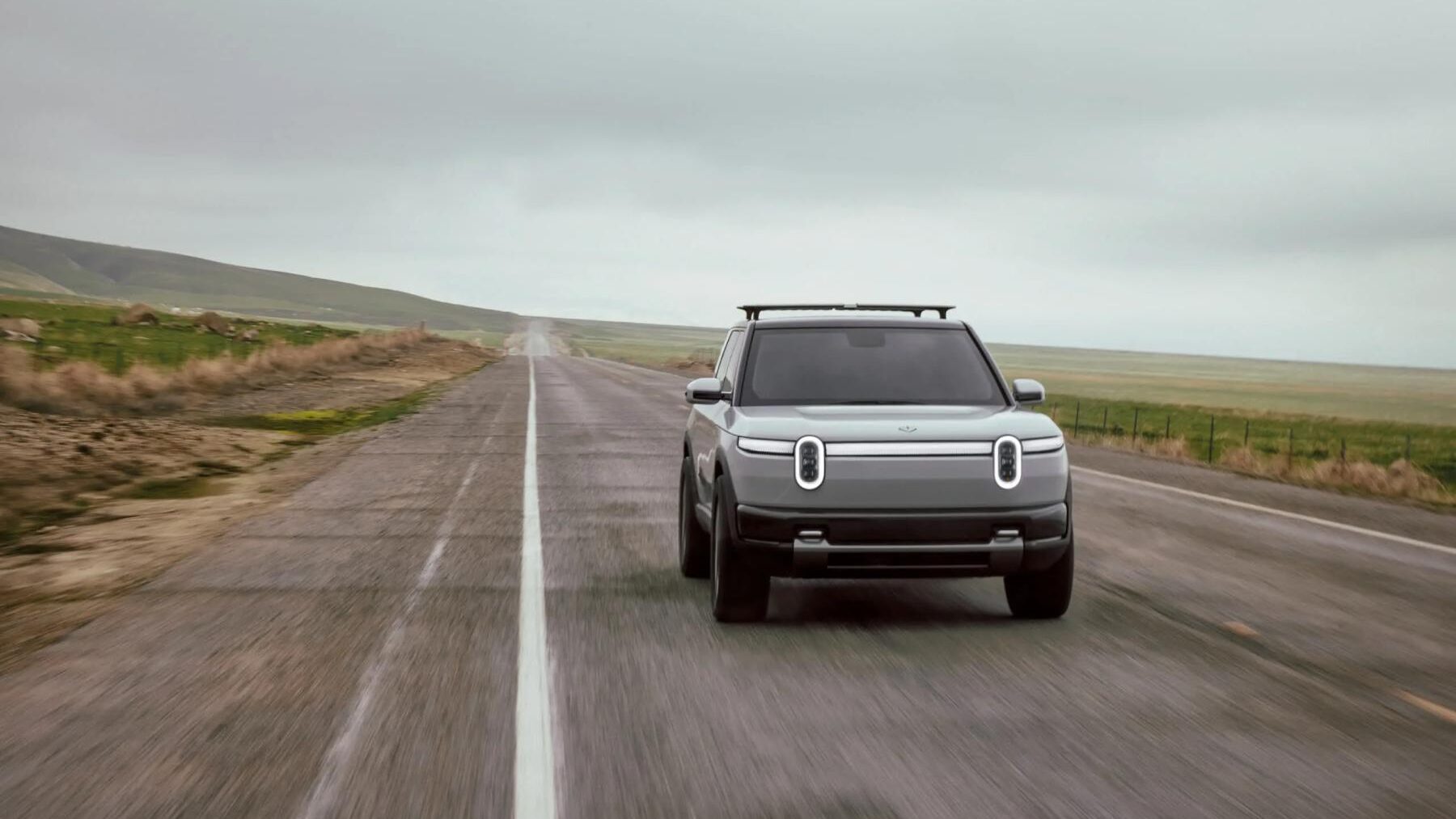
Rivian stuck with the same exterior design we recognize from its R1T and R1S models, except the R2 is smaller. Not everyone loves the boxy shape – some say it’s more fitting for a truck than an EV – but that’s okay. It has a compelling presence, regardless, and the unconventional look helps it stand out from the crowd. Like previous models, there isn’t much to the front fascia, save the full-width light bar, capsule headlights, and an emblem you could almost miss.
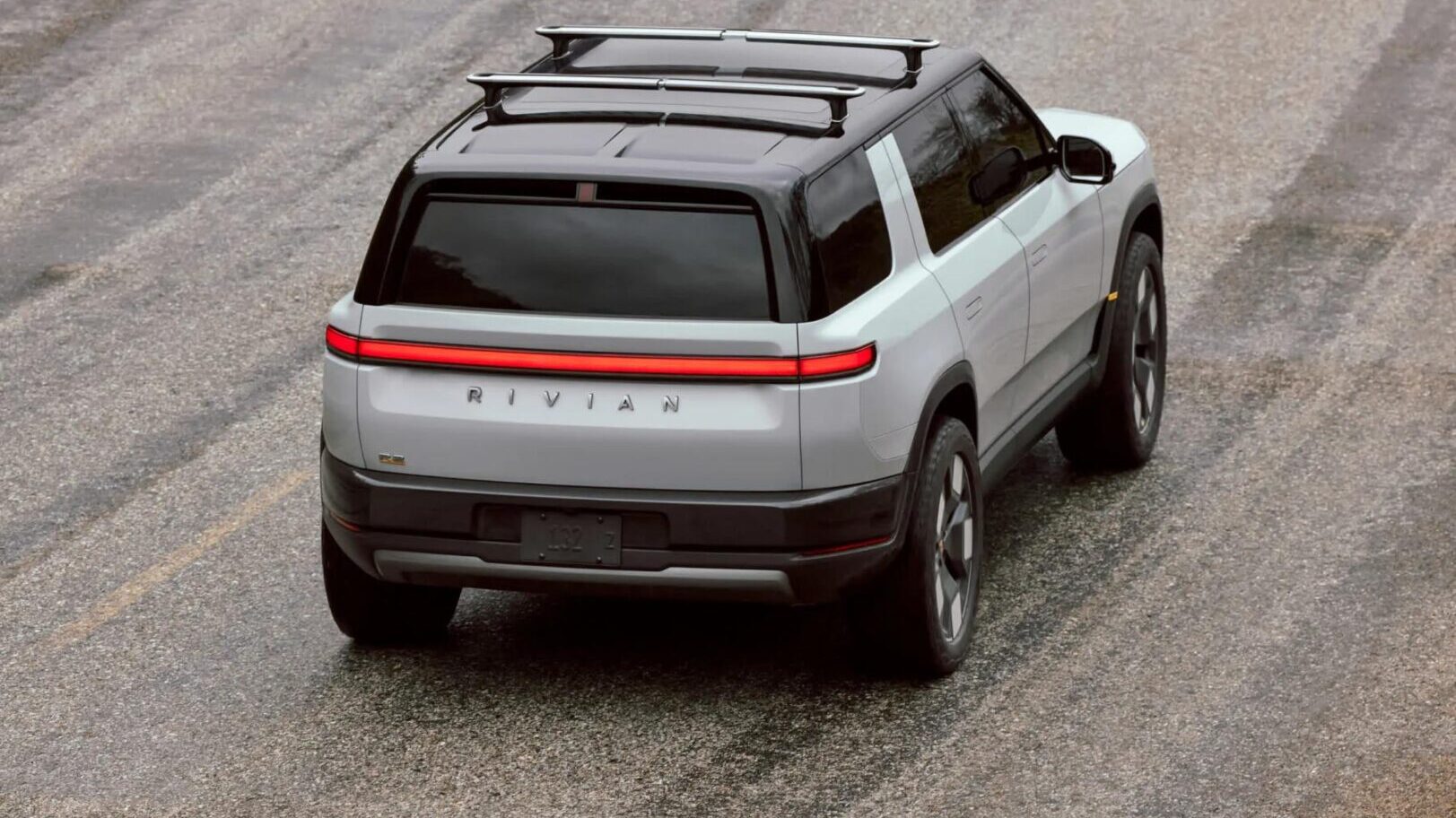
The R2 rear is just as simple. A split tailgate would fit nicely in the boxy rear, but Rivian chose the regular open-up design instead. The roll-down tailgate window, however, is an interesting addition, but the carmaker hasn’t confirmed whether it’s standard or exclusive to specific packages. Although it looks visually tall (thanks to 9.8 inches of ground clearance), the R2 sits right in the midsize range, compact enough for aerodynamics and high enough to withstand off-road conditions.
Related:
2026 BMW X: BIggest Bimmer With Big Boons
Three Electric Powertrains to Choose from
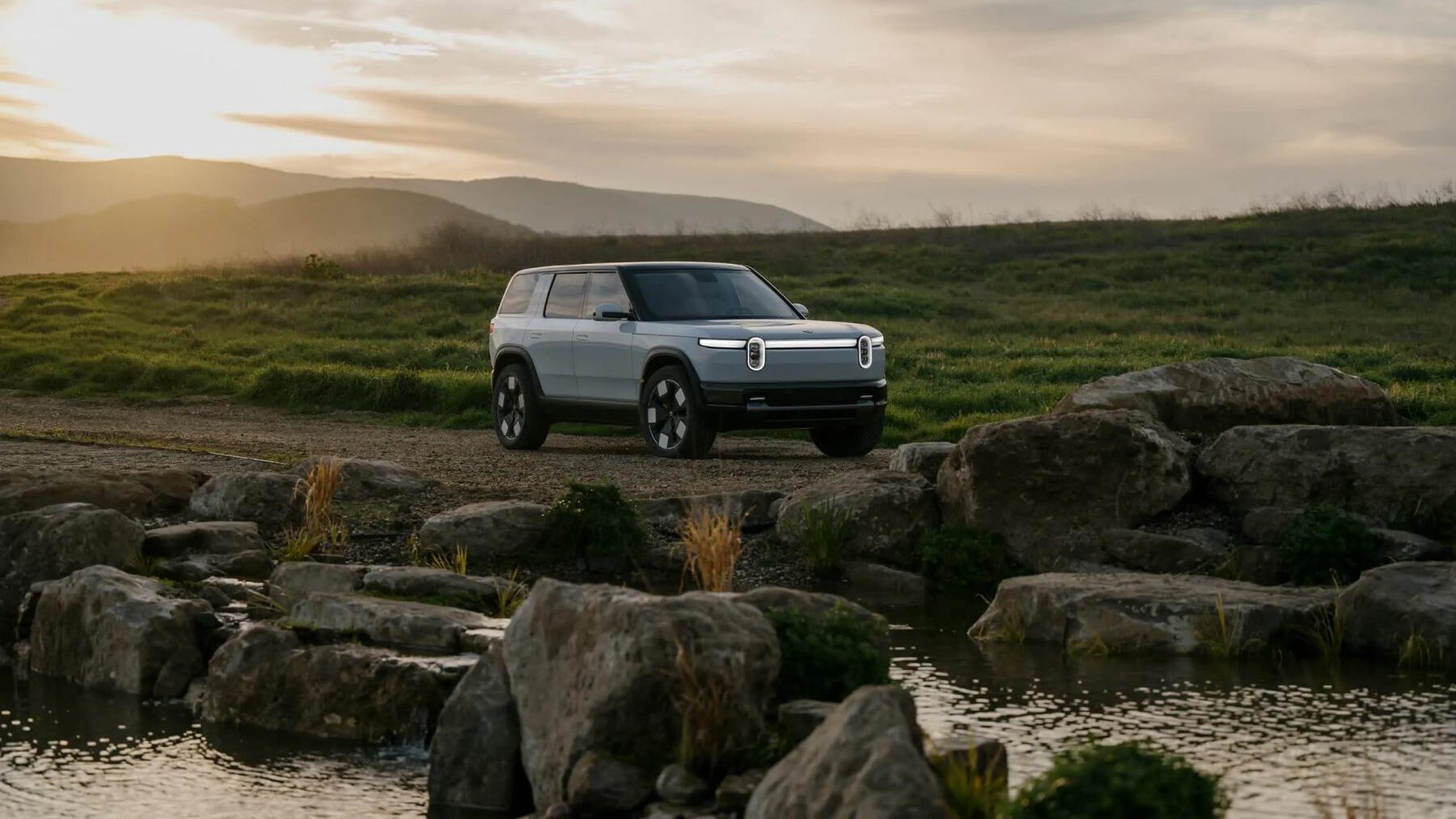
A single-motor rear drive will accompany the base model, while higher trims will get additional dual-motor and tri-motor all-wheel powertrains. Although horsepower and torque information are still unconfirmed as of writing, the R2 numbers shouldn’t be far behind the R1S’s 665 hp and 829 lb-ft of torque.
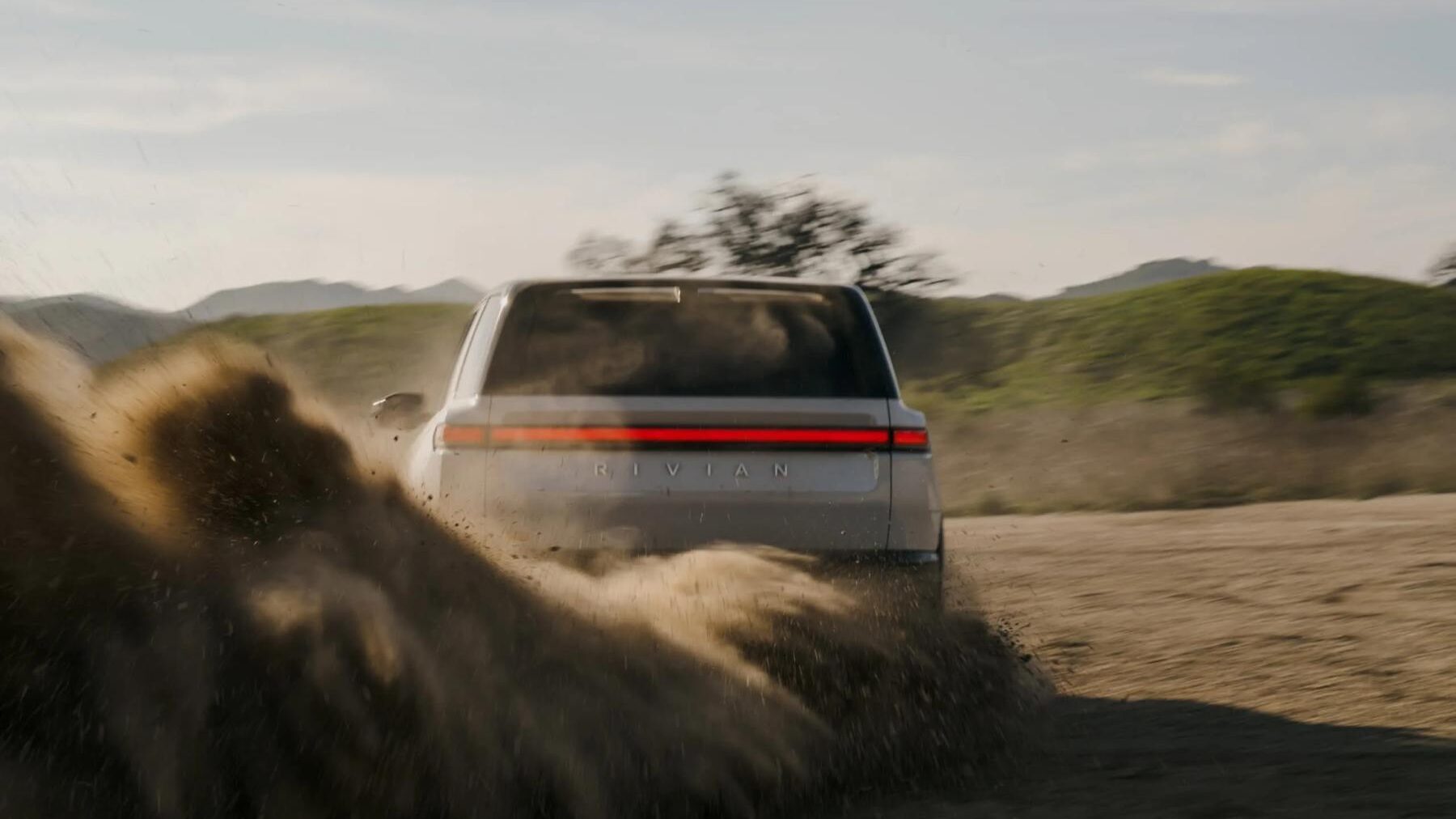
Rivian will leave out the Max battery this time, but no one is complaining, since the Large pack is capable of 330 miles of range and 60 mph in under 3 seconds, according to the carmaker. Of course, those are ambitious numbers, considering the price point, but we expect the R2 to manage 300 miles per charge on the most efficient drive mode and powertrain setup. Ultimately, drivers will have to pick between more power and extra distance.
Quality Experience Starts from Within
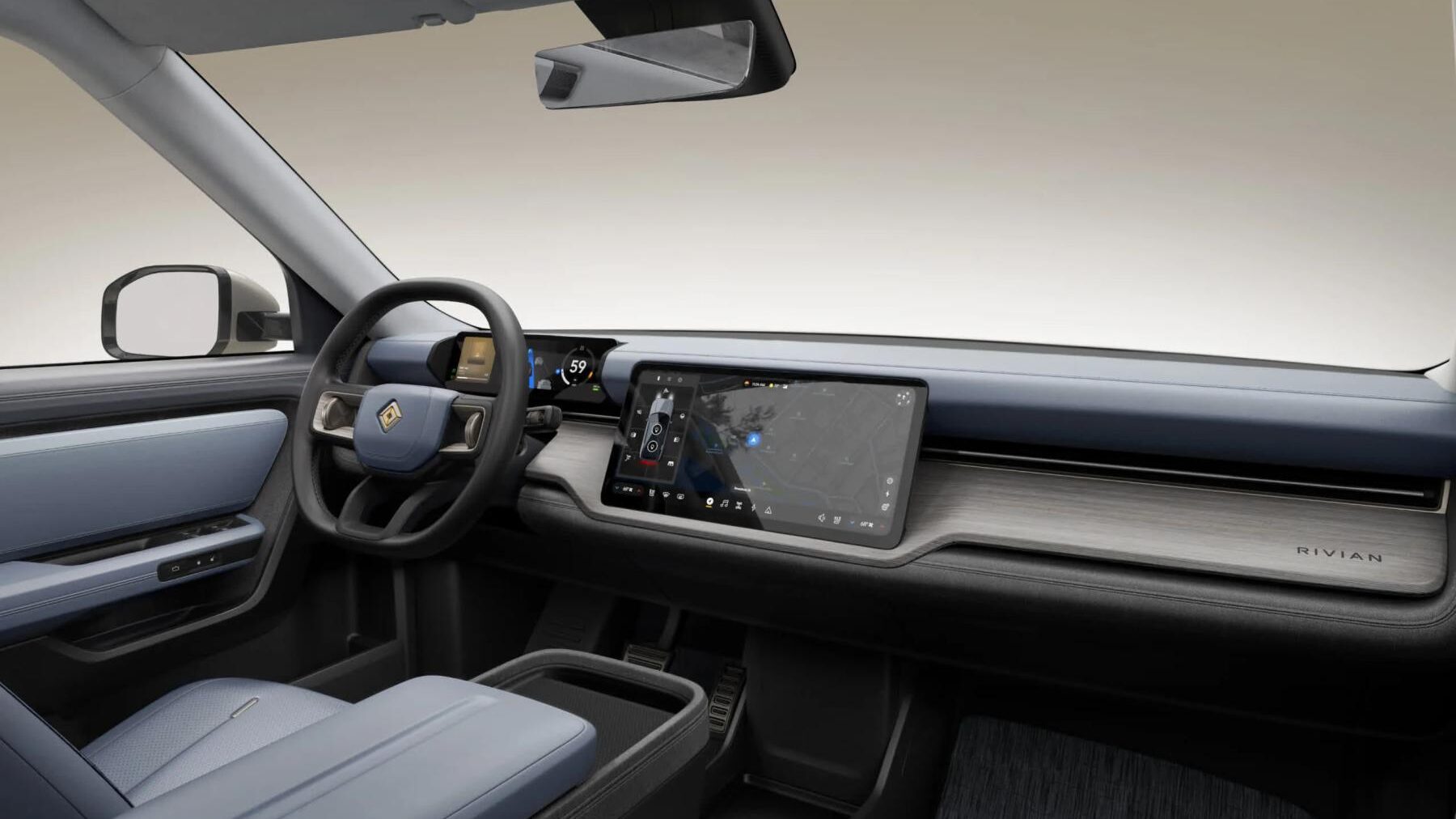
The 2026 Rivian R2 cabin is a breath of fresh air – literally! It features a clean, minimalist interior covered in leather and birch wood materials. A 15.56-inch center display serves infotainment purposes and houses the digital gear selector, while a second screen displays gauge information. The absence of a physical gear selector might come across as another modern flex to purists, but most drivers will appreciate the added space it provides.
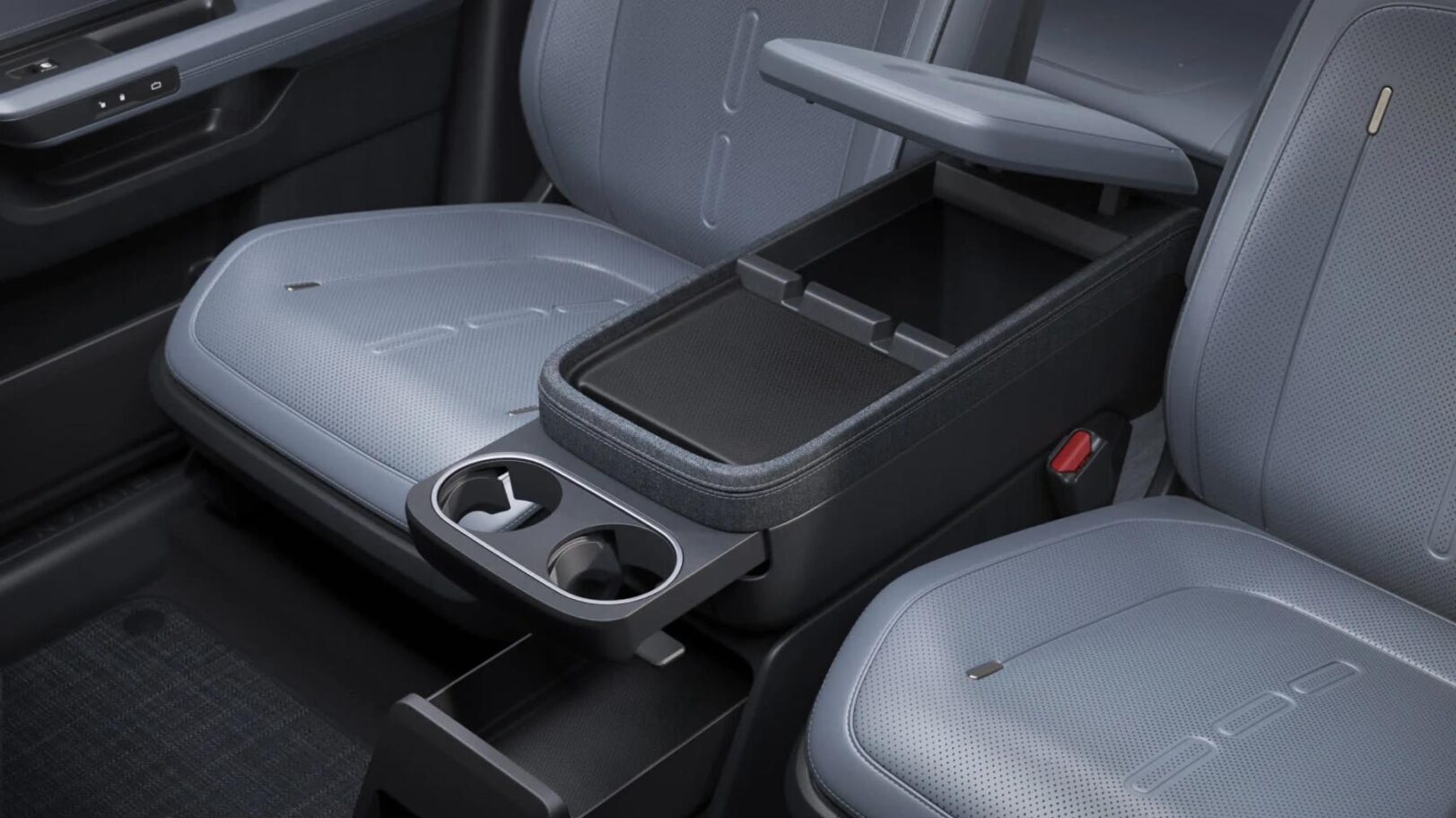
The cabin planning is really where the R2 excels. There’s generous legroom and headroom for all five occupants, and all seats can fold flat to create maximum cargo room or sleeping space. The R2 also packs more functional storage than any other Rivian model before it – two gloveboxes, a large center console with a drawer and cupholders, a frunk, and a foldable kitchen accessory at the rear. The list goes on!
Related:
2026 Nissan LEAF Gets SUV Style and Improved Range
Cool Tech and Safety Features
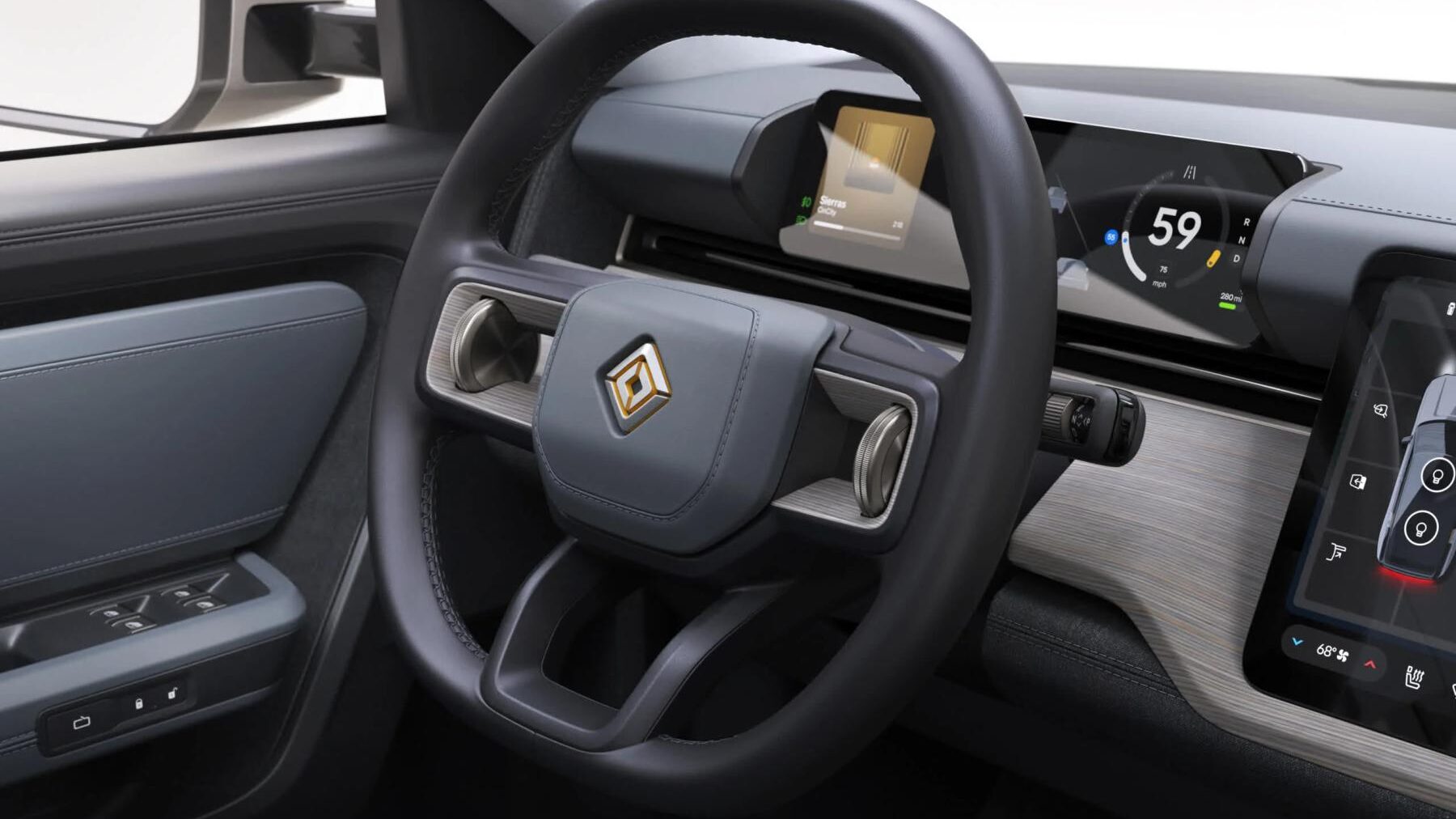
As far as driver-assist tech goes, the R2 is pretty generous. 11 cameras and 5 ultrasonic sensors provide information about oncoming vehicles and passengers. While Rivian has not disclosed which features are optional, and for which trims, we suspect Adaptive Cruise Control, Lane Departure Warning, and Automatic Emergency Braking (AEB) will come as standard.
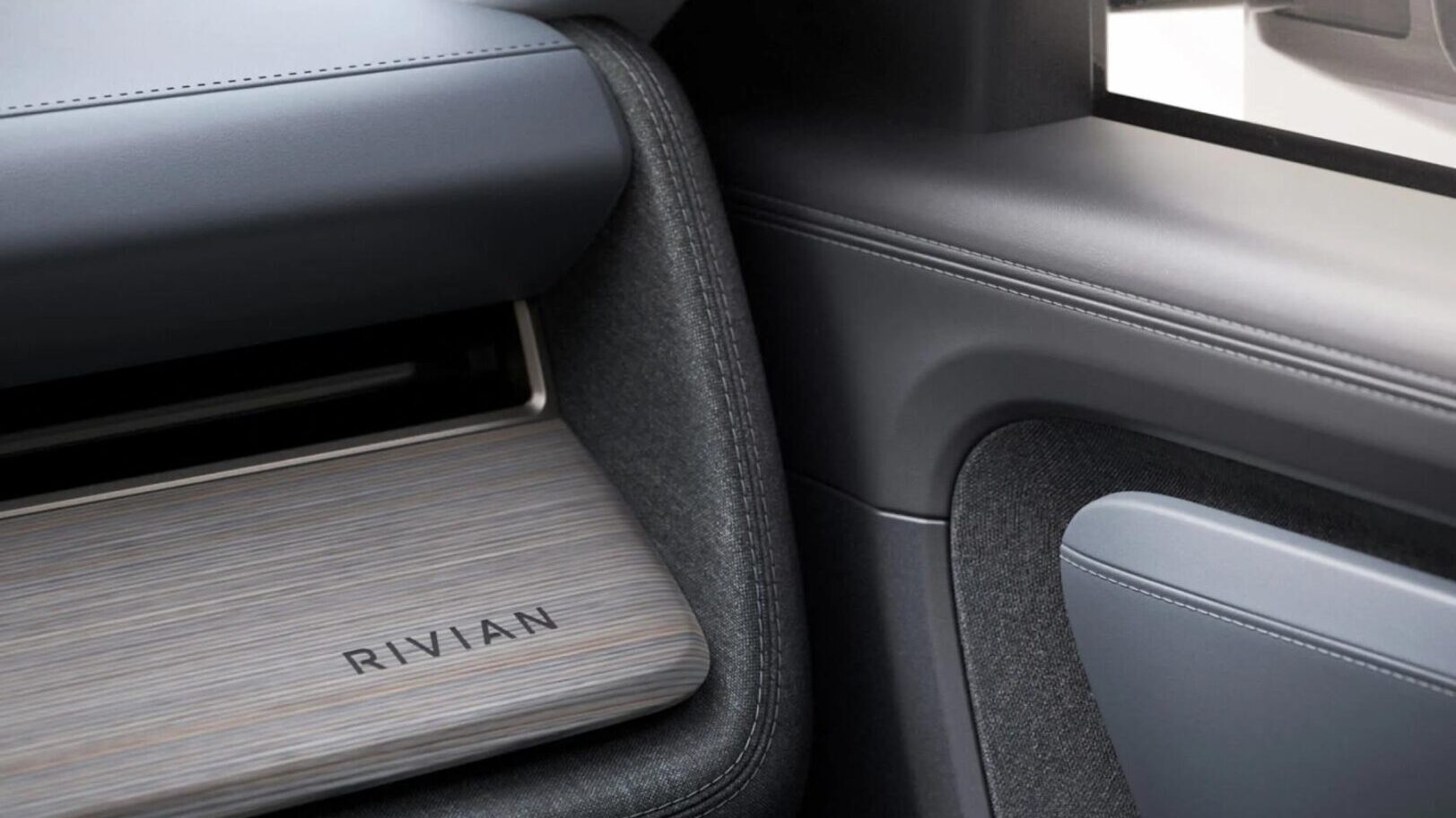
The wheel-mounted control dials feel good to the touch, but that’s about it for hardware control. Drivers have to access core functions, such as the gear selector and drive modes, on the central display, and that feels like too much screen dependence. Android Auto and Apple CarPlay are noticeably absent. However, the EV will likely inherit the Rivian Connect+ package, which includes Alexa Voice control and streaming platforms Spotify and Apple Music.
Charging Speed
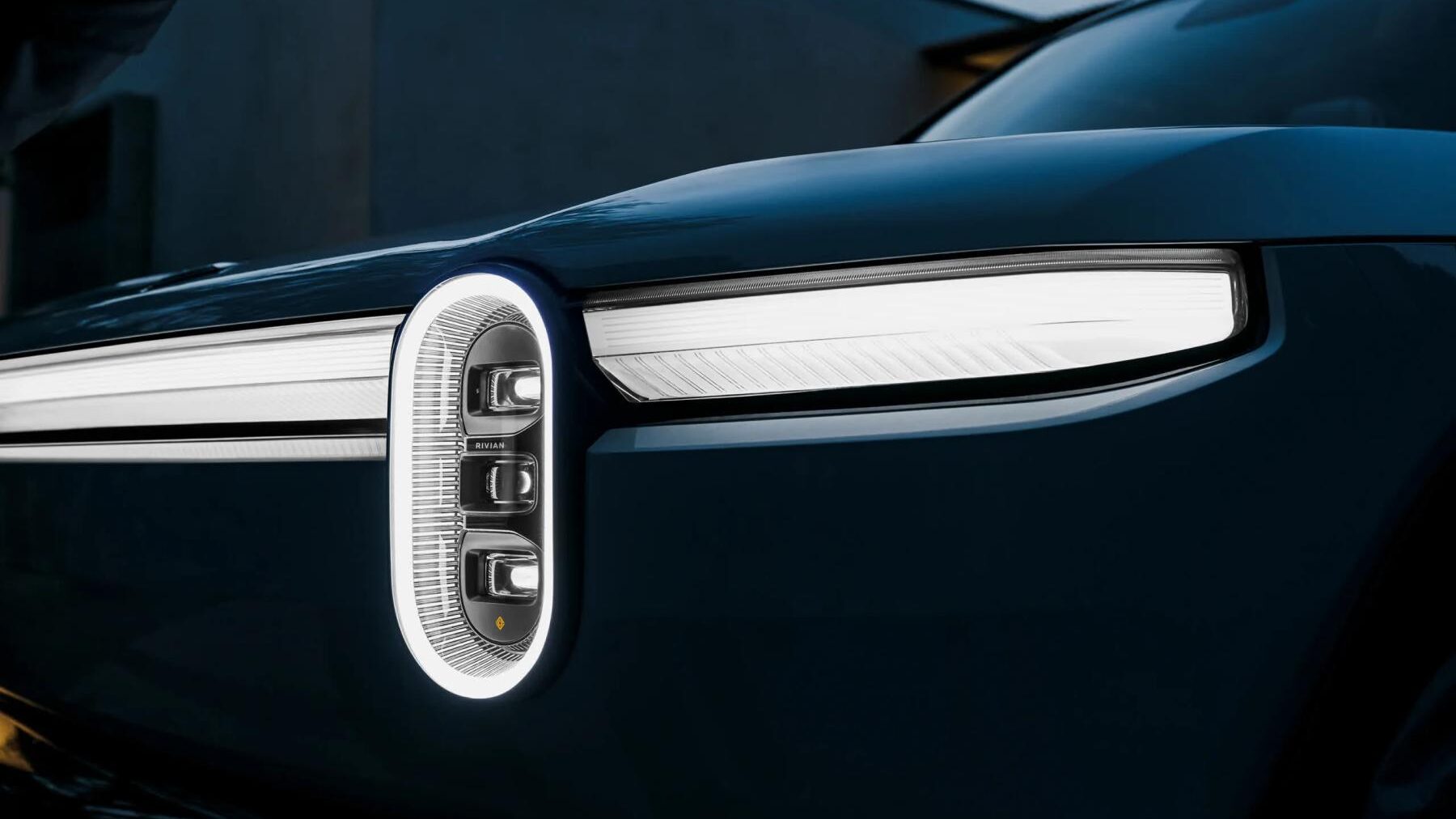
Rivian has not yet published official charging specifications for the R2, but it has confirmed that the EV will support the North American Charging Standard (NACS) port. The maximum time expected for 10% to 80% charging is 30 minutes on a DC fast charger. There are also indications that the R2 will support 11 kW of AC charging, making it suitable for home and office stations.
2026 Rivian R2 Trims and Prices
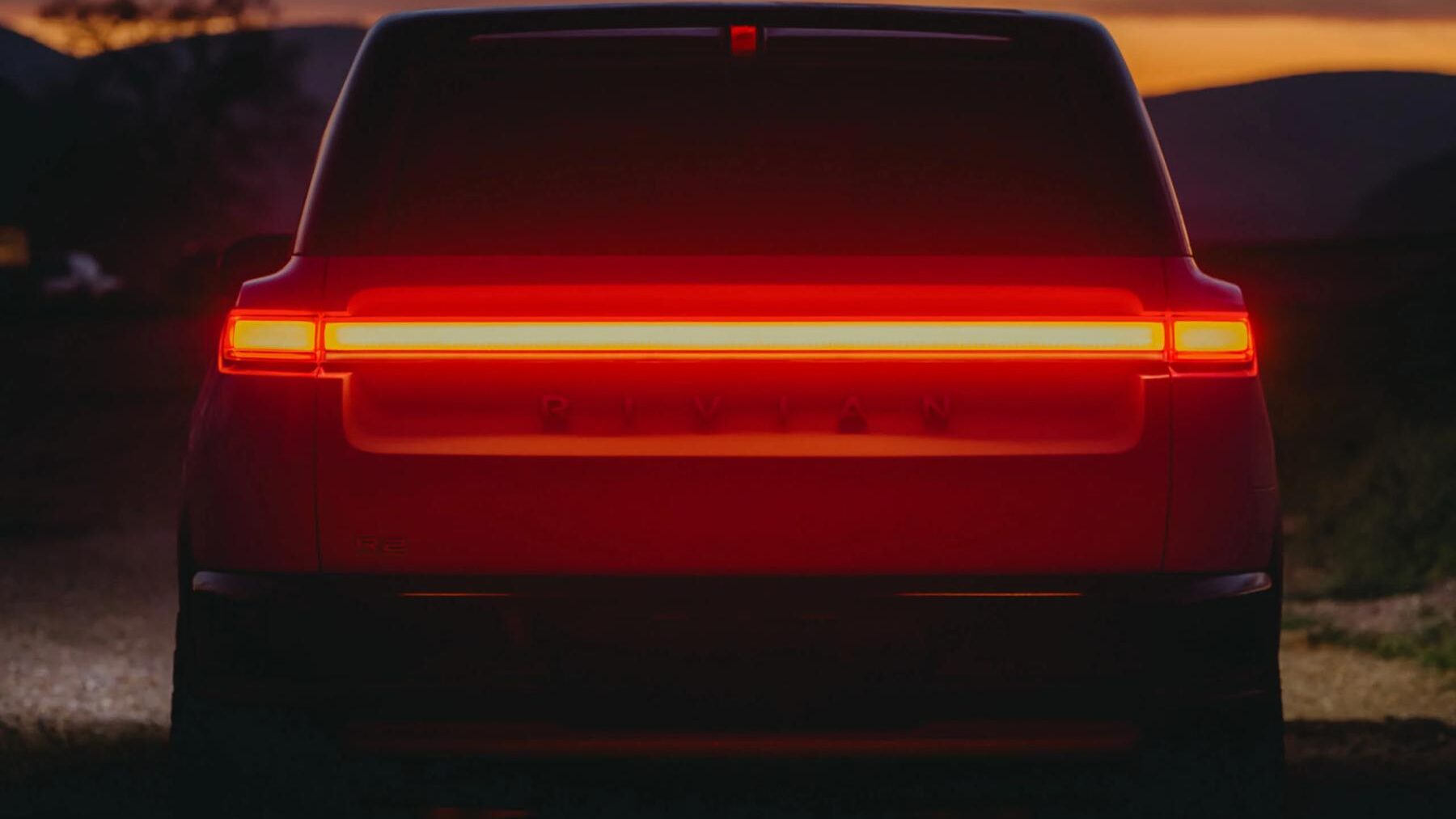
A starting price of $45,000 shows Rivian is serious about making an affordable compact EV. The only twist is that the R2 feels like a more expensive car in terms of performance and tech offerings, so we won’t be disappointed if the highest trim costs twice as much. No word on trim levels yet, but the automaker will likely spread additional features across three versions or more to open the SUV to a broader audience.
2025 Hyundai Inster: Funky Stlying and Big EV Value in a Small Package
Where Does the R2 Stand?
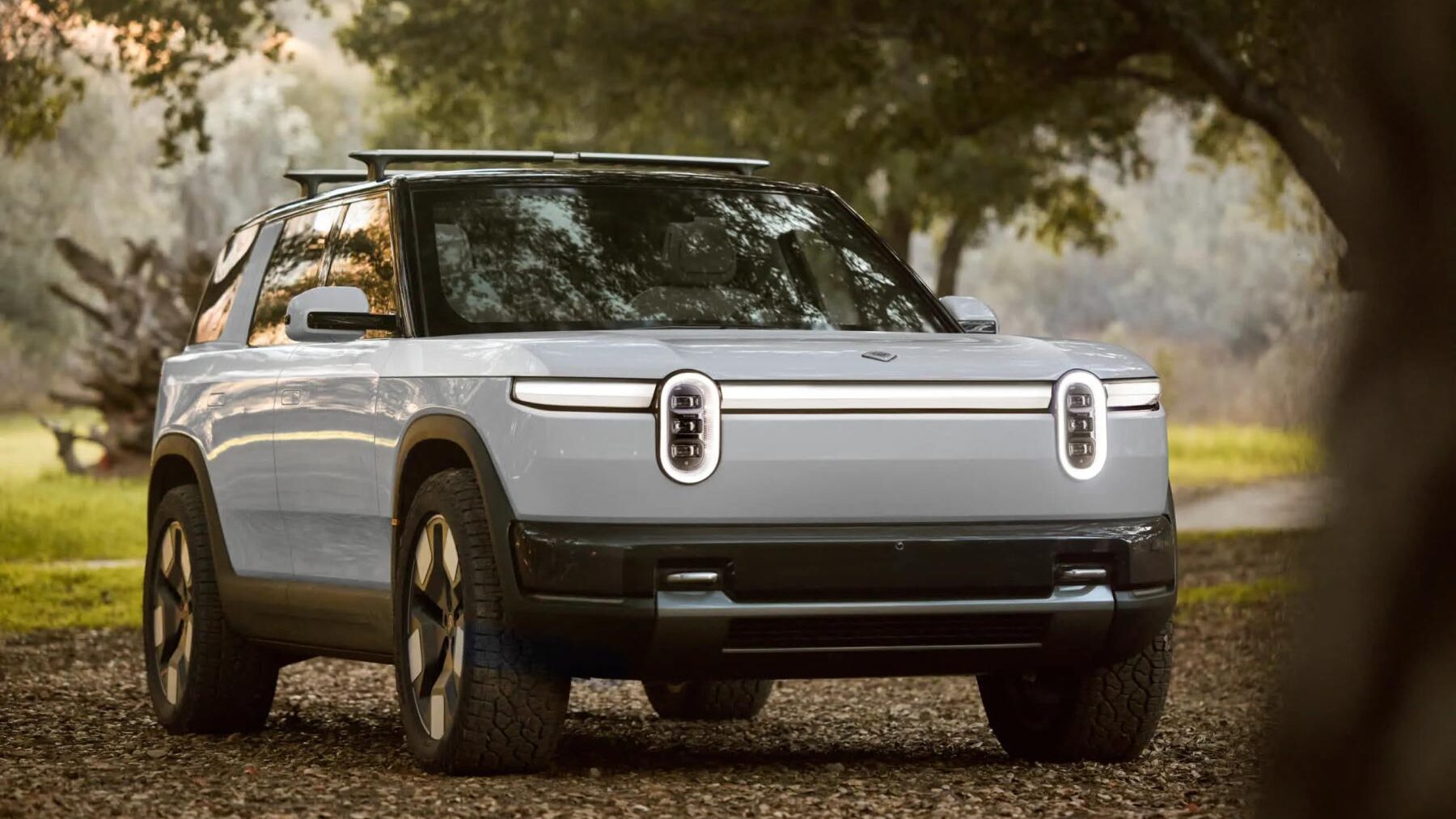
Rivian has made serious strides for a brand that joined the EV party only in 2021. Considering that the EV segment keeps getting crowded each year, new arrivals will have to bring their A-game to get any attention, and the R2 feels very much like it. It punches above its weight with a competitive range that will put some serious pressure on established rivals like the Tesla Model Y and Ford Mustang Mach-E. Plus, it has more functional space than most, including the three-row Cadillac Vistiq.
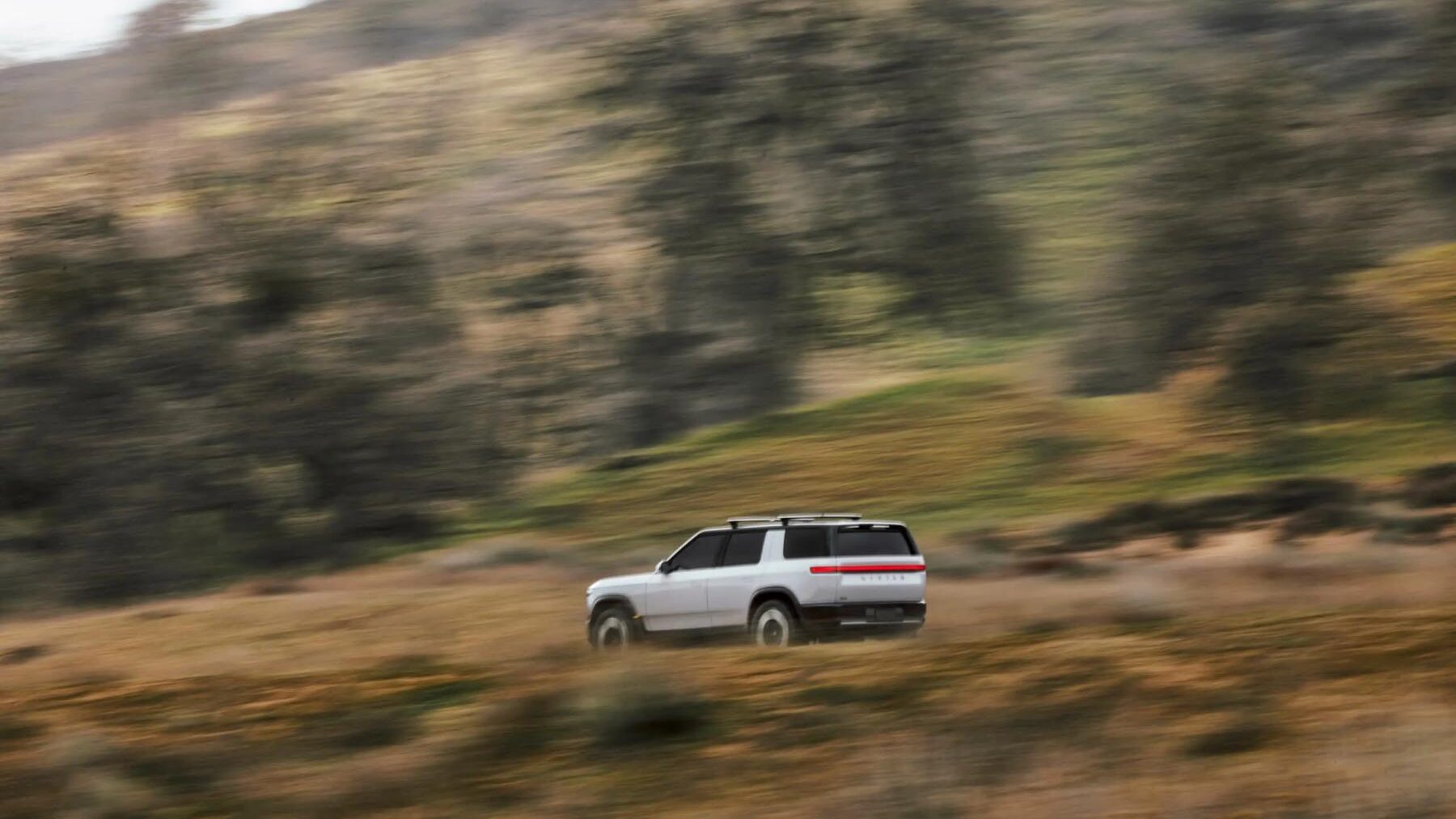
More paint options would sweeten the deal, but the R2 already feels like a great fit for everyday drivers who want style and performance in one affordable package. Intending buyers can now reserve one with only a $100 deposit ahead of delivery in the first half of 2026.
